Yuezhang Li
Event Outcome Prediction using Sentiment Analysis and Crowd Wisdom in Microblog Feeds
Dec 11, 2019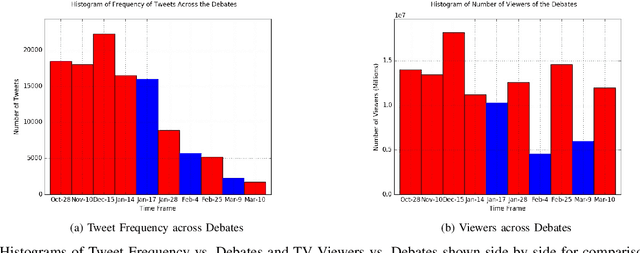
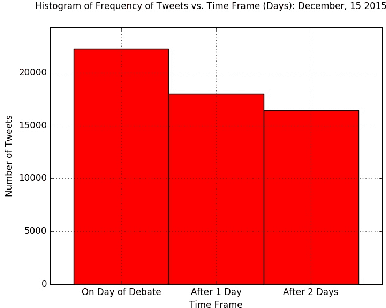
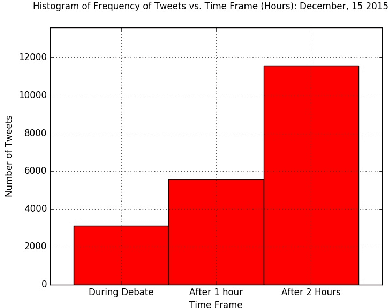
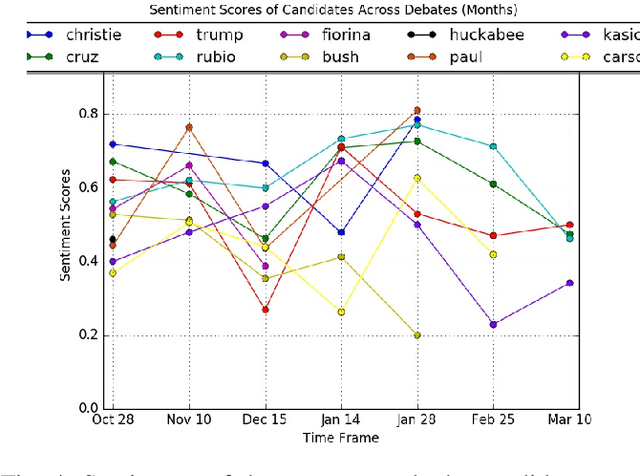
Abstract:Sentiment Analysis of microblog feeds has attracted considerable interest in recent times. Most of the current work focuses on tweet sentiment classification. But not much work has been done to explore how reliable the opinions of the mass (crowd wisdom) in social network microblogs such as twitter are in predicting outcomes of certain events such as election debates. In this work, we investigate whether crowd wisdom is useful in predicting such outcomes and whether their opinions are influenced by the experts in the field. We work in the domain of multi-label classification to perform sentiment classification of tweets and obtain the opinion of the crowd. This learnt sentiment is then used to predict outcomes of events such as: US Presidential Debate winners, Grammy Award winners, Super Bowl Winners. We find that in most of the cases, the wisdom of the crowd does indeed match with that of the experts, and in cases where they don't (particularly in the case of debates), we see that the crowd's opinion is actually influenced by that of the experts.
Object-sensitive Deep Reinforcement Learning
Sep 17, 2018

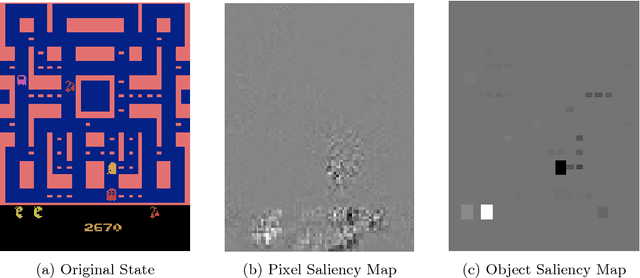

Abstract:Deep reinforcement learning has become popular over recent years, showing superiority on different visual-input tasks such as playing Atari games and robot navigation. Although objects are important image elements, few work considers enhancing deep reinforcement learning with object characteristics. In this paper, we propose a novel method that can incorporate object recognition processing to deep reinforcement learning models. This approach can be adapted to any existing deep reinforcement learning frameworks. State-of-the-art results are shown in experiments on Atari games. We also propose a new approach called "object saliency maps" to visually explain the actions made by deep reinforcement learning agents.
Transparency and Explanation in Deep Reinforcement Learning Neural Networks
Sep 17, 2018
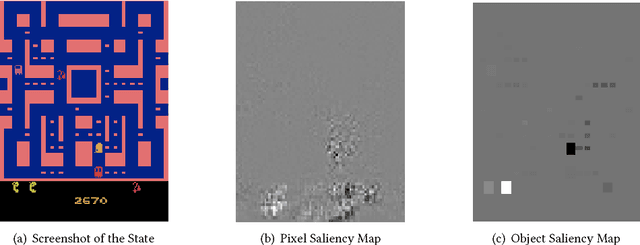

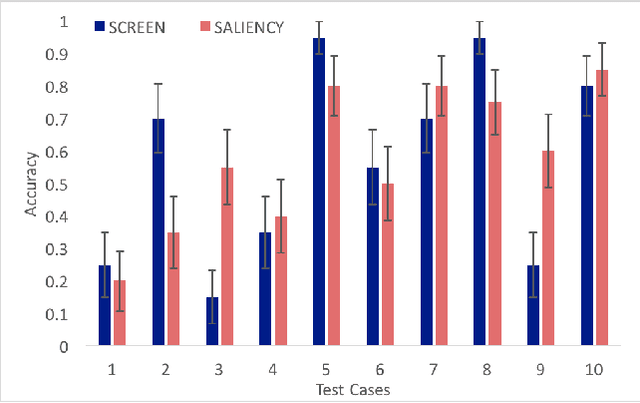
Abstract:Autonomous AI systems will be entering human society in the near future to provide services and work alongside humans. For those systems to be accepted and trusted, the users should be able to understand the reasoning process of the system, i.e. the system should be transparent. System transparency enables humans to form coherent explanations of the system's decisions and actions. Transparency is important not only for user trust, but also for software debugging and certification. In recent years, Deep Neural Networks have made great advances in multiple application areas. However, deep neural networks are opaque. In this paper, we report on work in transparency in Deep Reinforcement Learning Networks (DRLN). Such networks have been extremely successful in accurately learning action control in image input domains, such as Atari games. In this paper, we propose a novel and general method that (a) incorporates explicit object recognition processing into deep reinforcement learning models, (b) forms the basis for the development of "object saliency maps", to provide visualization of internal states of DRLNs, thus enabling the formation of explanations and (c) can be incorporated in any existing deep reinforcement learning framework. We present computational results and human experiments to evaluate our approach.
Joint Embedding of Hierarchical Categories and Entities for Concept Categorization and Dataless Classification
Jul 27, 2016

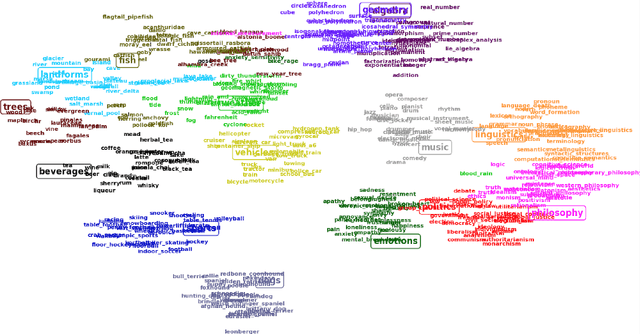
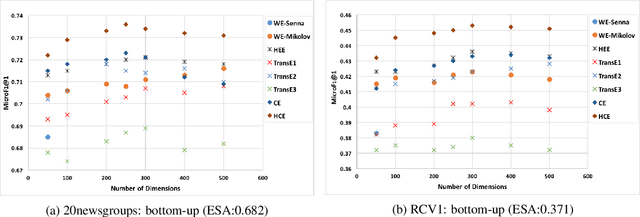
Abstract:Due to the lack of structured knowledge applied in learning distributed representation of cate- gories, existing work cannot incorporate category hierarchies into entity information. We propose a framework that embeds entities and categories into a semantic space by integrating structured knowledge and taxonomy hierarchy from large knowledge bases. The framework allows to com- pute meaningful semantic relatedness between entities and categories. Our framework can han- dle both single-word concepts and multiple-word concepts with superior performance on concept categorization and yield state of the art results on dataless hierarchical classification.
Machine Comprehension Based on Learning to Rank
May 13, 2016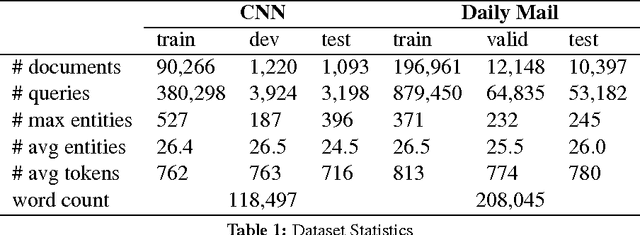

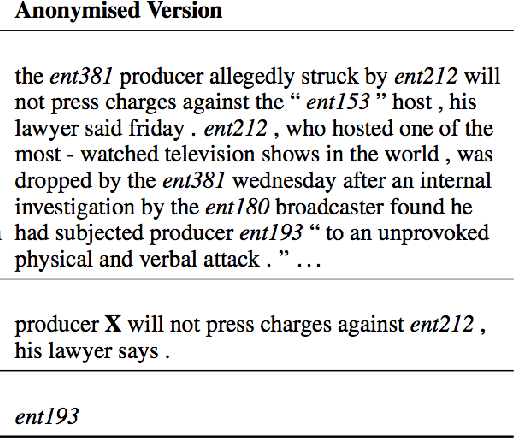

Abstract:Machine comprehension plays an essential role in NLP and has been widely explored with dataset like MCTest. However, this dataset is too simple and too small for learning true reasoning abilities. \cite{hermann2015teaching} therefore release a large scale news article dataset and propose a deep LSTM reader system for machine comprehension. However, the training process is expensive. We therefore try feature-engineered approach with semantics on the new dataset to see how traditional machine learning technique and semantics can help with machine comprehension. Meanwhile, our proposed L2R reader system achieves good performance with efficiency and less training data.
Joint Embeddings of Hierarchical Categories and Entities
May 13, 2016

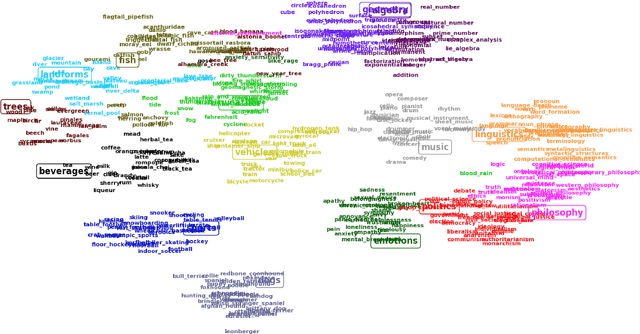
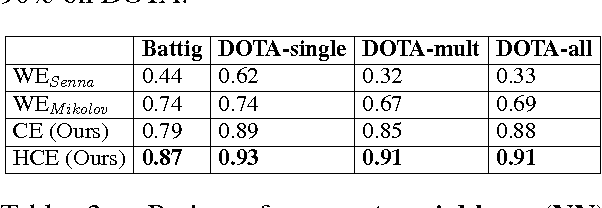
Abstract:Due to the lack of structured knowledge applied in learning distributed representation of categories, existing work cannot incorporate category hierarchies into entity information.~We propose a framework that embeds entities and categories into a semantic space by integrating structured knowledge and taxonomy hierarchy from large knowledge bases. The framework allows to compute meaningful semantic relatedness between entities and categories.~Compared with the previous state of the art, our framework can handle both single-word concepts and multiple-word concepts with superior performance in concept categorization and semantic relatedness.
 Add to Chrome
Add to Chrome Add to Firefox
Add to Firefox Add to Edge
Add to Edge